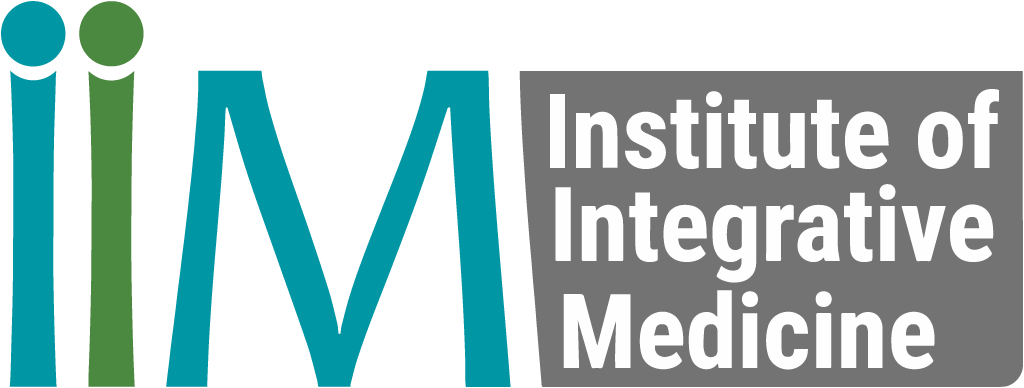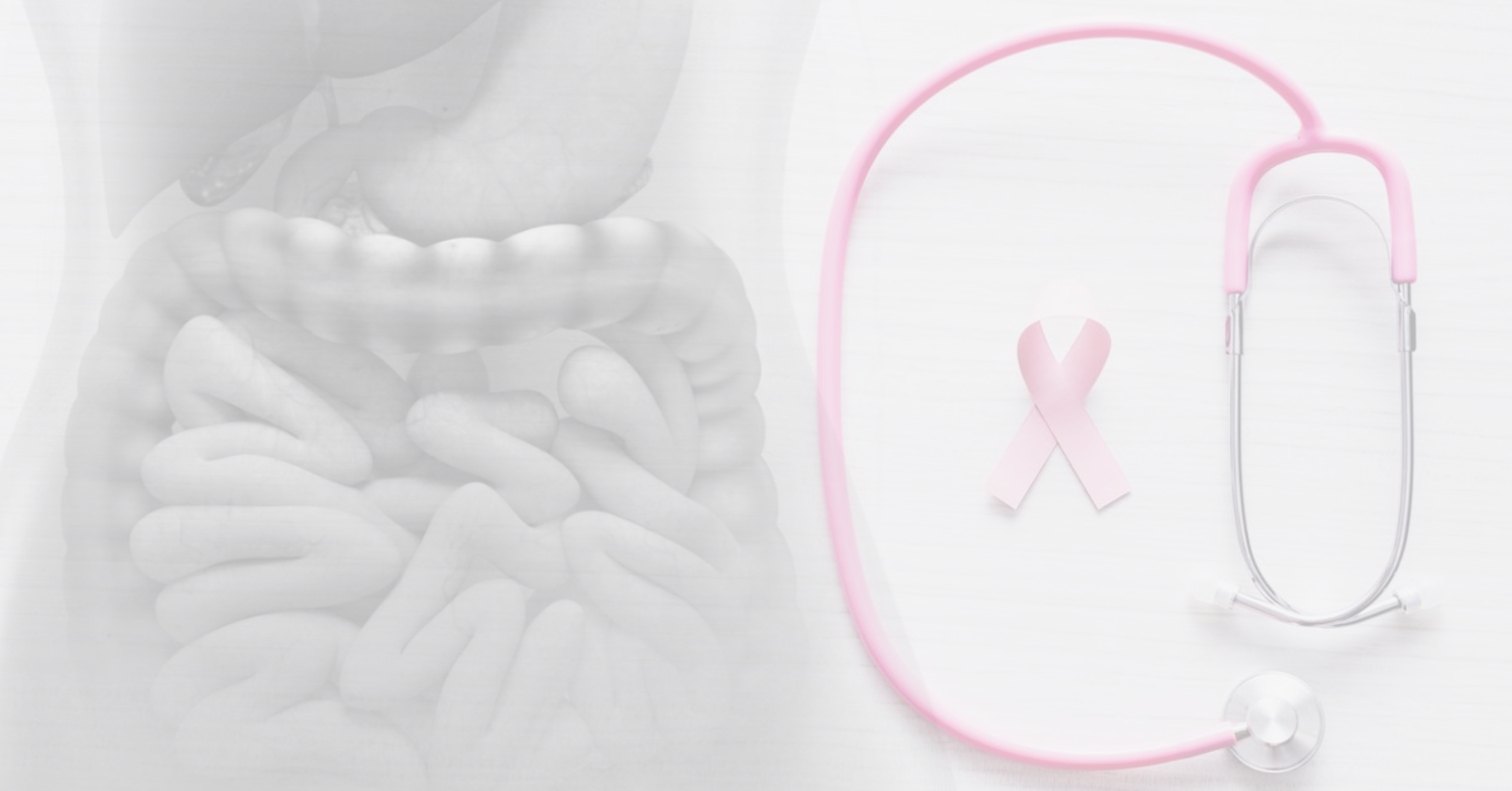The Estrobolome: Unveiling a New Frontier in Oestrogen Metabolism and Breast Cancer Risk
The gut microbiome’s role in oestrogen metabolism, through the concept of the estrobolome, emerges as a fascinating area for breast cancer research. Understanding how these bacteria influence oestrogen levels holds promise for identifying risk factors and developing novel therapies. By manipulating the estrobolome with prebiotics, probiotics, and other interventions, integrative medicine may offer exciting possibilities for future women’s health.
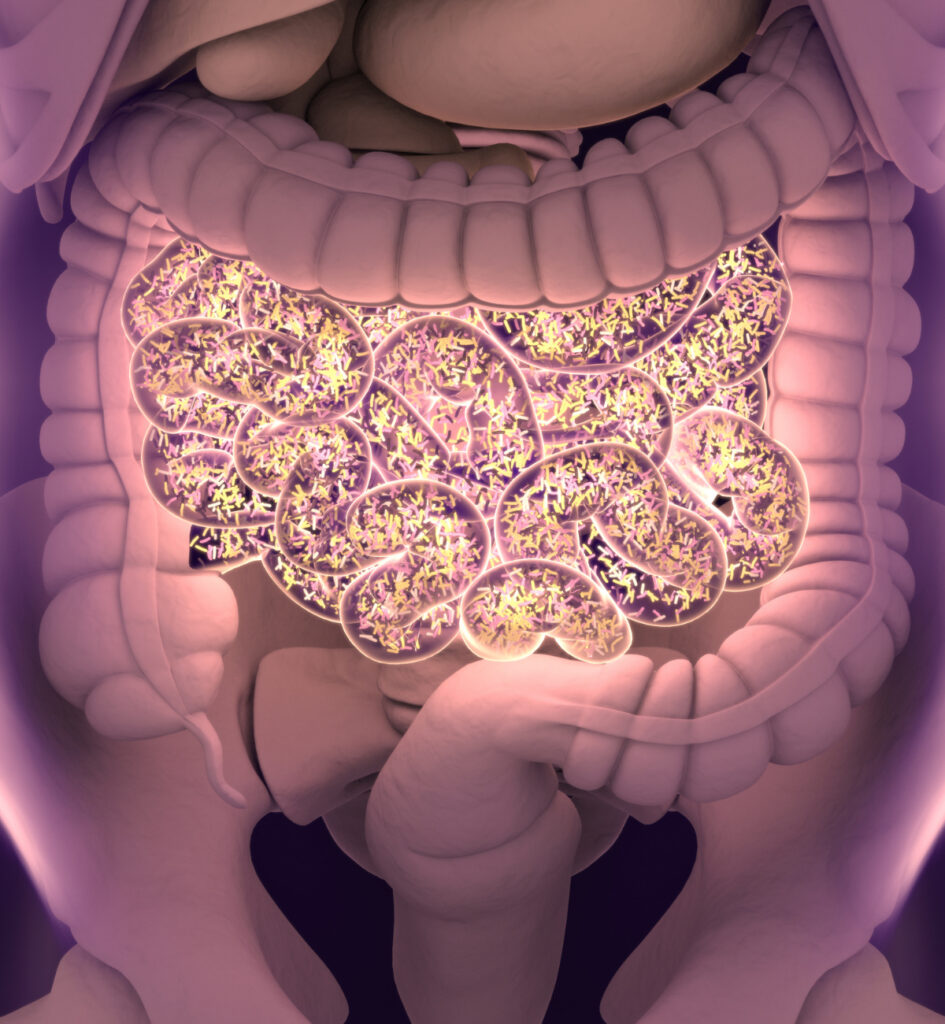
The gut microbiota, a complex ecosystem of resident microorganisms numbering in the trillions, has gained increasing recognition for its profound influence on human health and disease pathogenesis. Within this intricate ecosystem, a specific subset – the estrobolome – is attracting significant interest for its role in oestrogen metabolism and potential implications for breast cancer. This review dives deep into the estrobolome, exploring its composition, its impact on oestrogen bioavailability, and its potential influence on breast cancer risk. Breast cancer accounts for more than 12% of new cancers globally. While a breast biopsy is definitive for diagnosis, exploring integrative medicine alongside conventional treatment may offer additional benefits for your patients.
Oestrogen Metabolism and the Rise of the Estrobolome
Oestrogen, a critical sex hormone, exists in three primary forms:
- Estrone (E1)
- Estradiol (E2)
- Estriol (E3)
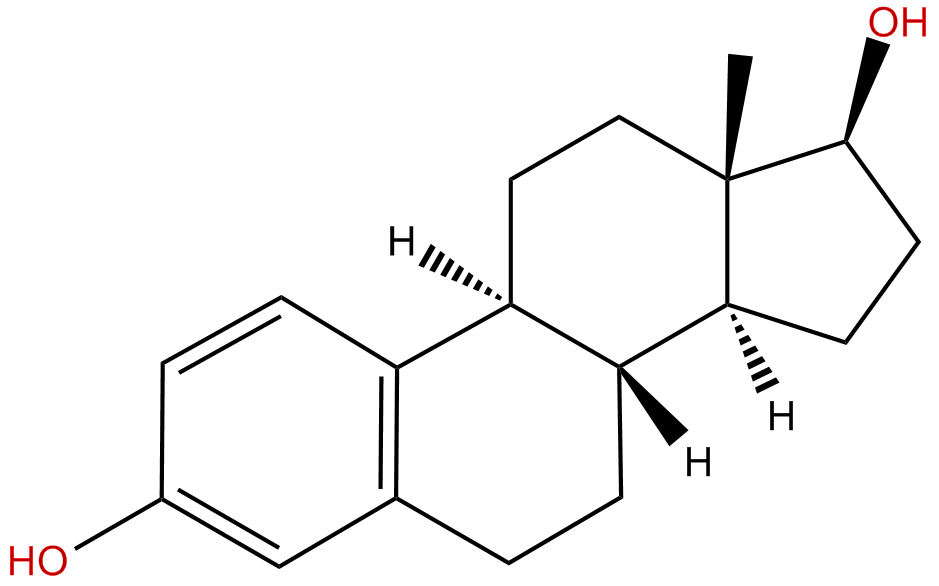
While E1 and E2 are primarily synthesised in the ovaries premenopause, their breakdown products, including E3, are formed through a two-step hepatic detoxification process.
E2 (Estradiol), the most biologically active form, circulates in both free and conjugated states, with free oestrogen driving the biological effects. Conjugation with glucuronic acid serves as a key detoxification mechanism, rendering oestrogen inactive and facilitating its excretion.
However, the story doesn’t end there. The estrobolome, a collection of bacterial genes housed within gut microbiota, plays a pivotal role in oestrogen metabolism. Certain bacteria within the estrobolome encode enzymes, like beta-glucuronidase (GUS), that can deconjugate oestrogen, converting it back into its active form. This process, known as enterohepatic recirculation, has the potential to elevate circulating levels of active oestrogen, potentially mediated by beta-glucuronidase activity. To learn more about oestrogen metabolism, take a look at our module on Hormones in the IHP Program.
Delving Deeper: Estrobolome Composition and its Impact on Oestrogen Levels
Our understanding of the estrobolome is constantly evolving. Research has identified bacteria belonging to Bacteroidetes, Firmicutes, Verrucomicrobia, and Proteobacteria as potential beta-glucuronidase producers. Studies suggest a concerning correlation: women with gynaecological cancers often exhibit higher plasma levels of the enzyme beta-glucuronidase compared to healthy controls. Furthermore, research indicates a possible link between declining clinical status and rising beta-glucuronidase activity, suggesting a potential role in disease progression.
Estrobolome and Breast Cancer Risk: Exploring the Potential Connection

Reduced gut microbial diversity, a hallmark of dysbiosis (an imbalance in gut bacteria), may be associated with a relative overabundance of beta-glucuronidase-producing bacteria. This imbalance could lead to increased oestrogen deconjugation and enterohepatic recycling, potentially contributing to higher levels of active oestrogen. This, in turn, could elevate breast cancer risk, particularly in oestrogen receptor-positive breast cancer, where the cancer cells are fueled by oestrogen.
Targeting the Estrobolome: A Promising Therapeutic Avenue
The estrobolome presents a novel and exciting avenue for understanding oestrogen metabolism and its potential influence on breast cancer risk. Further research is necessary to elucidate the precise mechanisms by which the estrobolome influences oestrogen bioavailability. This research could pave the way for the development of therapeutic strategies targeting the gut microbiome to modulate oestrogen metabolism and potentially reduce breast cancer risk.
Potential Therapeutic Strategies: Prebiotics, Probiotics, and Beyond

Given the potential link between the estrobolome and breast cancer risk, exploring methods to manipulate the gut microbiome for therapeutic benefit holds promise. Prebiotics, which are non-digestible food components that selectively nourish beneficial gut bacteria, could potentially promote the growth of bacteria that do not produce beta-glucuronidase, thereby reducing oestrogen deconjugation. Essentially, we are aiming for an optimal balance of good microorganisms within the gut.
Probiotics, live microorganisms that confer health benefits when administered, could be another avenue for exploration. Specific probiotic strains might be identified that directly compete with or inhibit the growth of beta-glucuronidase-producing bacteria. Additionally, further research into other microbiome-modulating interventions, such as dietary modifications or faecal microbiota transplants, could be explored to determine their effectiveness in influencing the estrobolome and potentially reducing breast cancer risk.
Conclusion
The estrobolome, a relatively new frontier in our understanding of oestrogen metabolism, holds immense potential for elucidating breast cancer risk and potentially developing novel therapeutic strategies. While further research is necessary to solidify the precise mechanisms at play, the future of breast cancer prevention and treatment might lie in harnessing the power of the gut microbiome. Exploring the manipulation of the estrobolome through prebiotics, probiotics, and other interventions offers a promising avenue for the future of women’s health.
How do I Become a Functional Medicine Practitioner to learn more about the Estrobolome?
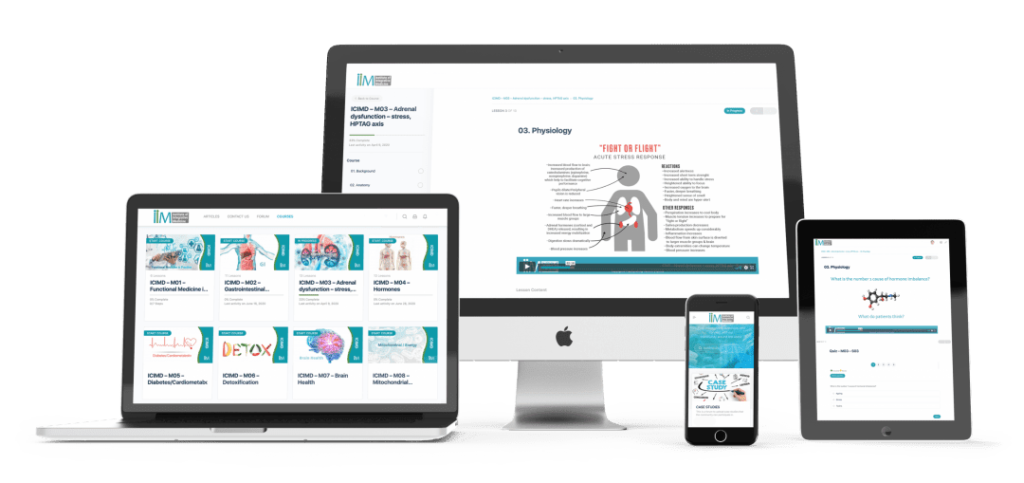
The Institute of Integrative Medicine is a global leader in the field of Integrative Medicine Education. Integrative medicine aims to be at the forefront of modern technology and new discoveries and focuses on the root cause of disease. Intrigued by the emerging science of the gut microbiome and its connection to chronic diseases like cancer? The estrobolome adds another fascinating layer, highlighting the potential for targeted interventions. Deepen your understanding of these groundbreaking discoveries and how to leverage them to empower your patients’ health. We offer certified online courses helping you to take charge of your practice and improve the quality of life for your patients. Find out more about the courses we offer today!
